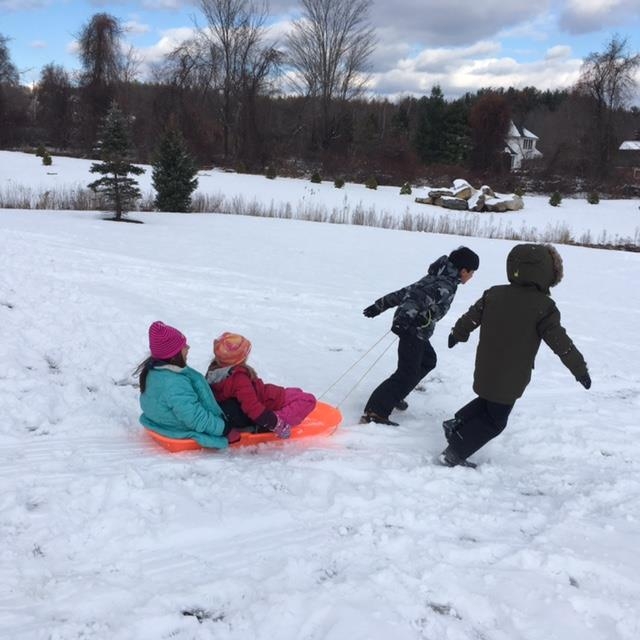It’s never too early to begin teaching our children about black history. One simple way for families to start is by reading books that are compelling, beautifully illustrated, and age-appropriate. Today’s post will give you a range of options. Another great resource? Your local librarian! Ask them about these books or if they have any other suggestions:
(Click on the book images to go to the book's page on Amazon)
Follow the Drinking Gourd by Jeanette Winter
Peg Leg Joe teaches slaves a song about the drinking gourd to help them on their path to freedom. Based on the African American folk song by the same name, this book takes readers on a journey through the underground railroad.
The Story of Ruby Bridges by Robert Coles, illustrated by George Ford
This true story takes place following the supreme court decision of Brown versus the Board of Education. Ruby Bridges was ordered to attend first grade as the only African American child in an otherwise all white school. She faced confusion and hate each day, but armed herself with love, compassion, and courage, helping a New Orleans community moved toward school integration.
Sit-in: How Four Friends Stood Up by Sitting Down by Andrea Davis Pinkney, illustrated by Brian Pinkney
This book is appropriate for slightly older (elementary aged) children. It tells the story of a famous sit-in, in which four college friends entered a Woolworth’s in Greensboro, North Carolina. They sat down for lunch at the whites-only counter and waited patiently to be served. Over the next several days, they were joined by hundreds, and the movement was instrumental in desegregating lunch counters in the south.
Moses: When Harriet Tubman Led Her People to Freedom by Carole Boston Weatherford, illustrated by Kadir Nelson
This story is based on the life of Harriet Tubman. Tubman was a slave in Maryland who escaped, only to make many trips back south in an effort to guide others to freedom.
Wangari’s Trees of Peace: A True Story from Africa by Jeanette Winter
Wangari Maathai, also known as Mama Miti, was an African woman who changed the ecological landscape and economic opportunities for women in Kenya. While she was not an American, she did earn her bachelor’s and master’s degrees in the United States. Upon her return to Kenya, she was disheartened by the drastic change in the land and people as a result of deforestation. Armed with her education and determination, she taught the women of Kenya to plant trees and rebuild their communities.
Sojourner Truth’s Step-Stomp Stride by Andrea Davis Pinkney, illustrated by Brian Pinkney
Sojourner Truth was born a slave named Belle. She endured the cruelties of slavery with several masters, eventually escaping and renaming herself. She spent the following years traveling the country speaking out as a powerful abolitionist. Though the journey toward abolition was slow and challenging, Sojourner kept her steady pace and determination to speak for those without a voice.
When Marian Sang: The True Recital of Marian Anderson by Pam Munoz Ryan, illustrated by Brian Selznic
Marian Anderson was a renowned black singer who struggled for equality before the Civil Rights Movement began in the United States. She was recognized for her natural talent as a young child, but struggled to find teachers who would help her refine her voice, and later, venues that would feature her as a performer, because of the color of her skin. The earlier years in her career were spent largely in Europe, where she was more accepted. She is perhaps most famous for a performance she gave on the steps on the Lincoln Memorial to an integrated crowd of 75,000 people.
The Story of Martin Luther King Junior by Johnny Ray Moore, illustrated by Amy Wummer
This simple introduction to the life of Dr. Martin Luther King, Jr. is perfect for primary-aged children. The book is brief and easy for little ones to understand. Consider it a great option for families who are looking to introduce their youngest children to the concepts of inequality in an age-appropriate way.
We March by Shane W. Evans
This simply written book takes readers through the March on Washington for Jobs and Freedom. The march is perhaps best known for Dr. Martin Luther King Jr.’s “I Have a Dream” speech, which was delivered at the end of the march. Kirkus Review named this one of the best children’s books of 2012.
Happy reading!


























